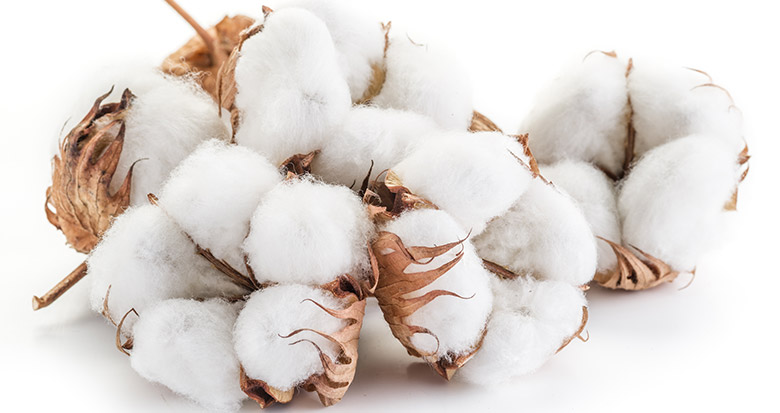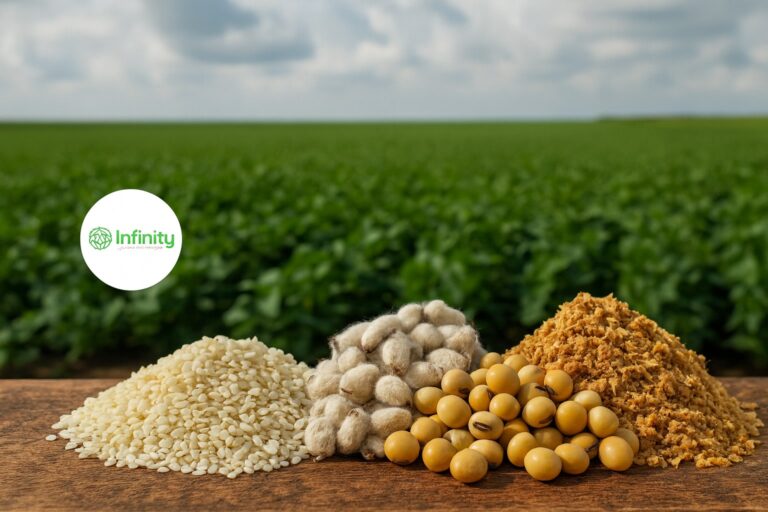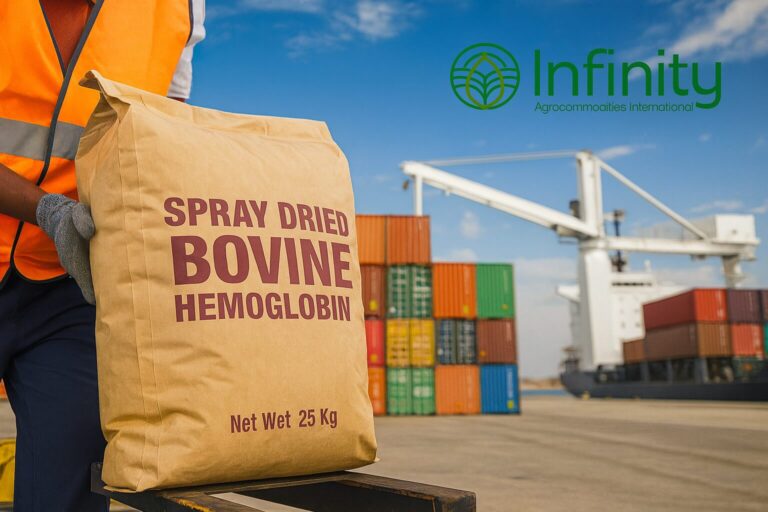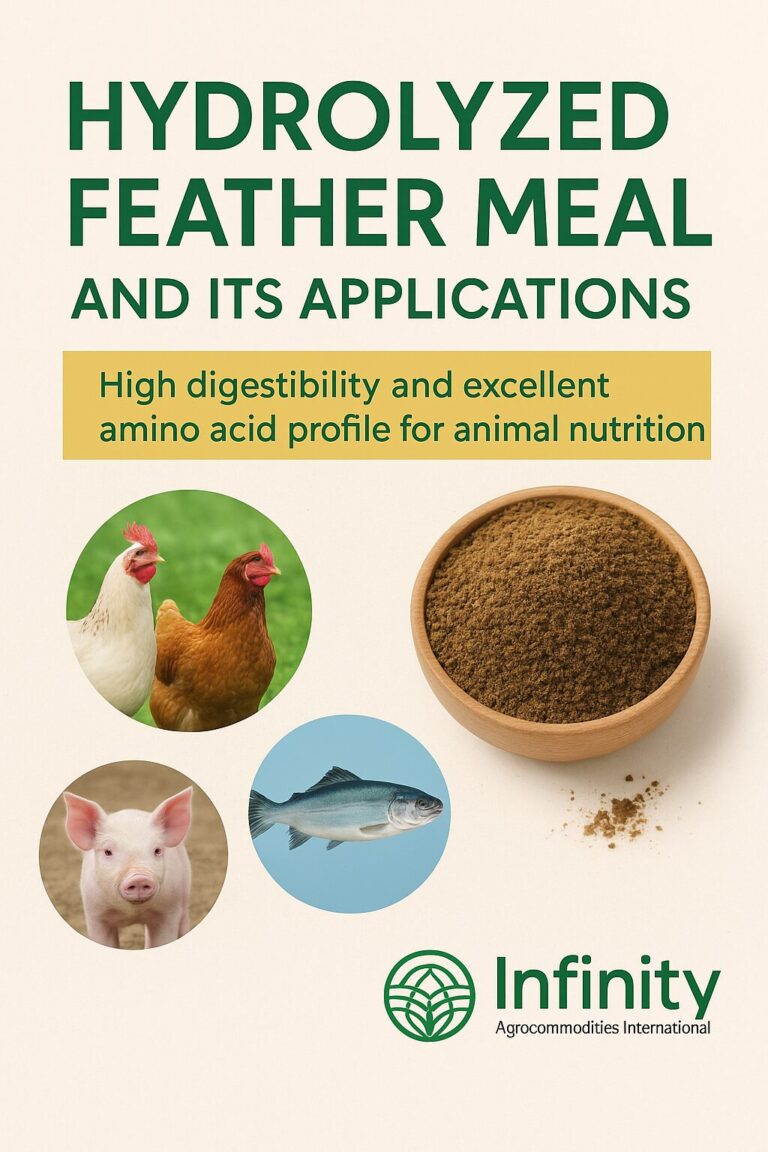Deciding when to make the last application for the season hinges on multiple factors, including crop, soil type, in-season weather, crop condition, crop growth stage, irrigation type, and economics.
What’s the best strategy for cutting off irrigation at the end of the season?
“It depends,” says Texas A&M AgriLife Extension and Research Agricultural Engineer Dana Porter, in what she says is an engineer’s typical answer to multi-pronged issues. She says deciding when to make the last application for the season hinges on multiple factors, including crop, soil type, in-season weather, crop condition, crop growth stage, irrigation type, and economics.
Porter says moisture demand varies throughout the season and among corn, peanuts, and cotton, for instance.
“With corn, we look at the kernel,” she says. “When the corn is mature, we get a black layer, right where the kernel attaches to the cob. From dent to maturity takes 20 to 24 days, give or take. A lot depends on location and the hybrid.
“Along the way, (as the milk line advances through the kernel), the plant’s water requirement is declining. Moisture demand goes from about one-fourth inch a day on average at dent, depending on the weather, to less than a tenth of an inch a day—again, depending on the weather.”
Porter says corn will use about 5 inches of moisture from beginning of dent to maturity, 20 to 24 days.
Peanut moisture requirements are different. “Peanuts must have moisture at the soil surface for pegging and pod development,” she explains. “Peanut pods absorb nutrients, so they need moisture in that layer. They also need moisture in the root zone, which is deeper, so producers have to manage for upper and lower moisture regimes.”
Dilemma
The dilemma is not to overwater and spike pod rot but still apply enough to keep the plant alive and allow for pegging.
“Peanuts also grow best in sandier soils, which do not hold a lot of water, so soil type affects irrigation scheduling.”
The irrigation method also plays a role. “With furrow irrigation, producers typically stop watering earlier than with subsurface drip or center pivot.”
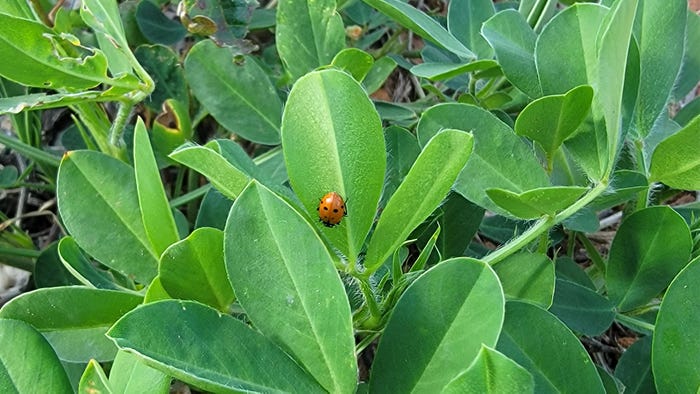
Porter says producers typically apply 3 inches (plus or minus) of water with each furrow application. With drip or center pivot systems, growers can apply smaller amounts as the crop matures relatively easily. She adds that growers might water longer if the weather is hot and dry.
Weather factor
“Currently, outlook shows conditions for the next month or so will be warmer than average, again, depending on location. The Texas Southern Plains and Oklahoma show drier than average. The Southeast looks to be wetter than usual.
“It depends,” she says.
Cotton irrigation decisions are complicated, Porter says, because growers are pushing yield, which could compromise quality with more immature bolls. “Cotton farmers get paid on pounds but dinged on quality,” she says. “They want to apply enough moisture to mature the bolls but not so much water or nutrients that could increase the need for a growth regulator.”
Heat units matter
Porter says past research, which seems to hold true, shows with an efficient irrigation system such as LEPA or subsurface drip indicates 600 heat units after cutout—five nodes above white flower — is a good cutoff point. With a less efficient irrigation system, furrow for instance, the cutoff point would be 400 units. “Furrow systems apply more water with each application than other systems,” she says.
She adds that research shows that going past 800 heat units results in no significant difference in pounds or quality, so water is not effectively used.
In-season conditions play a big role in late irrigation decisions. “If producers have been irrigating through the season, have gotten rainfall, and have a deep root zone, they might opt to terminate irrigation earlier. If the soil is sandy and conditions are dry, they might go longer,” Porter says.
The way farmers manage water also affects root development and irrigation timing. “Keeping the soil wet at surface for most of the season may result in a shallow root system and limited rootzone water holding capacity. A deep root zone has more capacity to hold water.
“Sandy soils hold less water than heavier soils, so producers may have to continue irrigation to keep up.”
Yield potential
Timing irrigation cutoff also depends on crop yield potential.
“If yields look good, farmers may want to finish it out. If it looks poor, they may decide to manage costs and stop watering. They also need to look at price expectations and the cost of continued irrigation.
“In these economic times, farmers are looking at all kinds of ‘it depends.’ They consider maximizing yield versus optimizing economics.”
Porter says corn farmers sell kernels but they don’t want to leave water and nutrients behind. “Look at trends, markets, weather outlook, moisture in the soil, and how much the crop has already used.”
Pumping costs
When to stop watering also depends on the price of irrigation. “Irrigation cost from groundwater in the High Plains ranges from $7 to $10 per acre inch. Is it worth the cost? But they do not want to be short.
“In hot and dry conditions, peanut farmers face aflatoxin risks; if it’s too wet, they risk pod rot. Field history is a factor.”
Variety difference may also dictate irrigation cutoff timing. Some varieties or hybrids are more drought-tolerant than others.
The maturity date also factors into irrigation cutoff decisions. If the outlook indicates an early freeze, terminating irrigation earlier to mature the crop sooner makes sense. If predictions support open weather through harvest, pushing the crop could boost yield.
“With cotton, irrigation cutoff might depend on yield potential and the price of cotton. If the crop has had a rough season, it might be good to show it some mercy and stop irrigation. If it looks good and no early frost is likely, they might go a little longer.
“When cotton is blooming out the top, not many bolls will mature after that.”
Porter says determining when to make the final irrigation depends on multiple factors and reminds producers that decisions should be made on a crop-by-crop and field-by-field analysis.
Source: https://www.farmprogress.com/crops/irrigation-cutoff-decision-it-depends-
